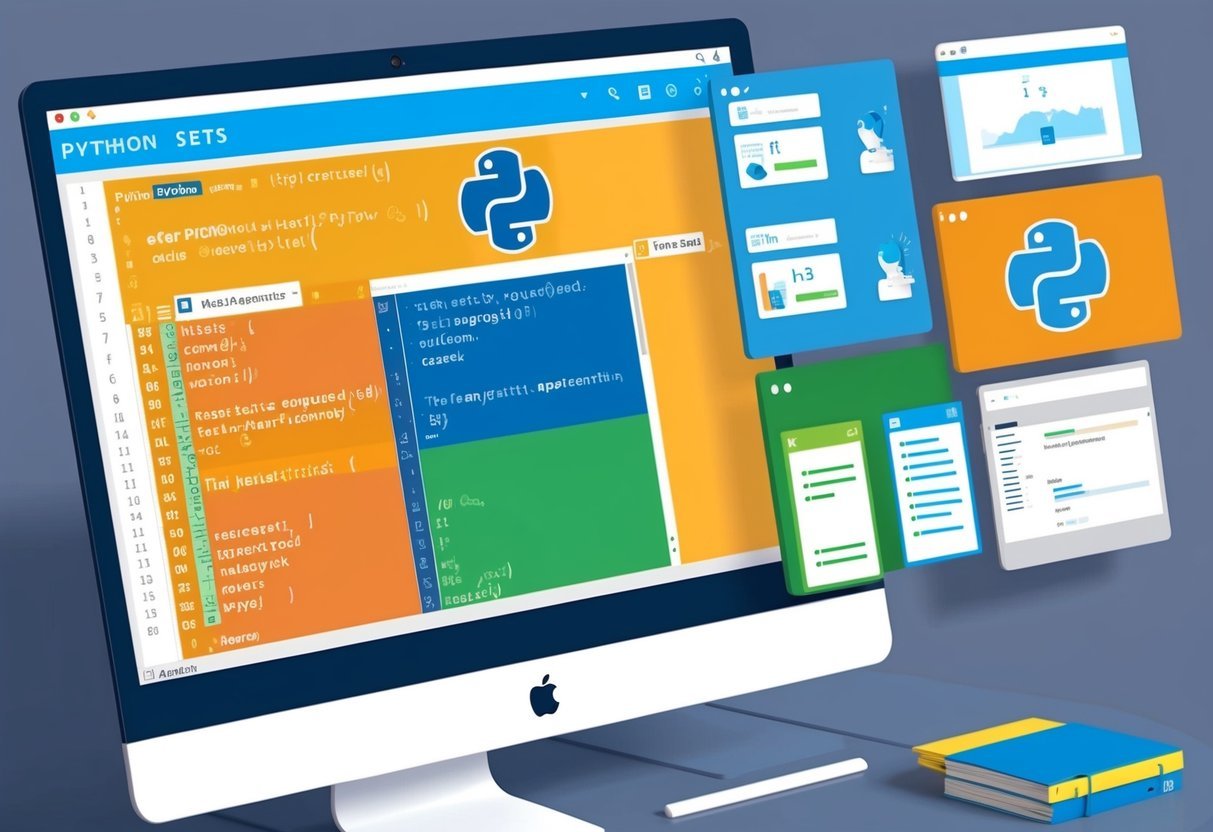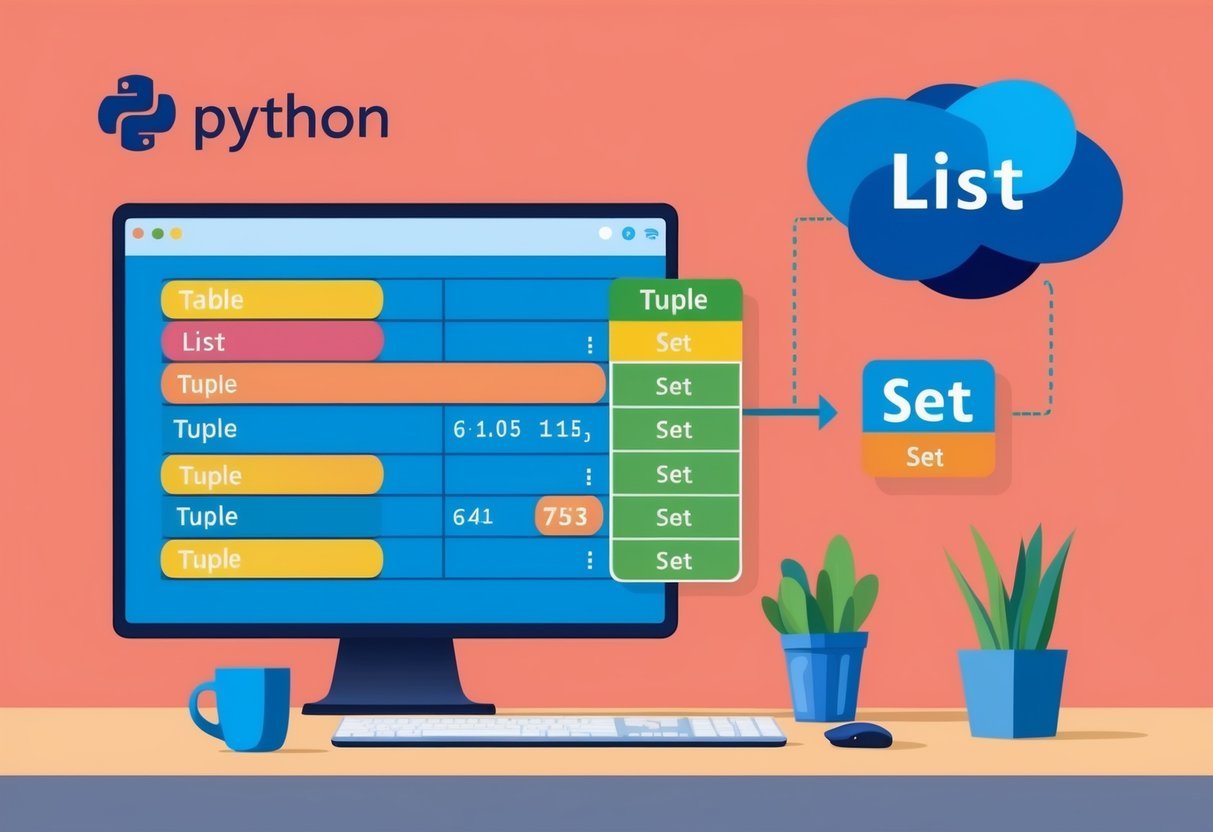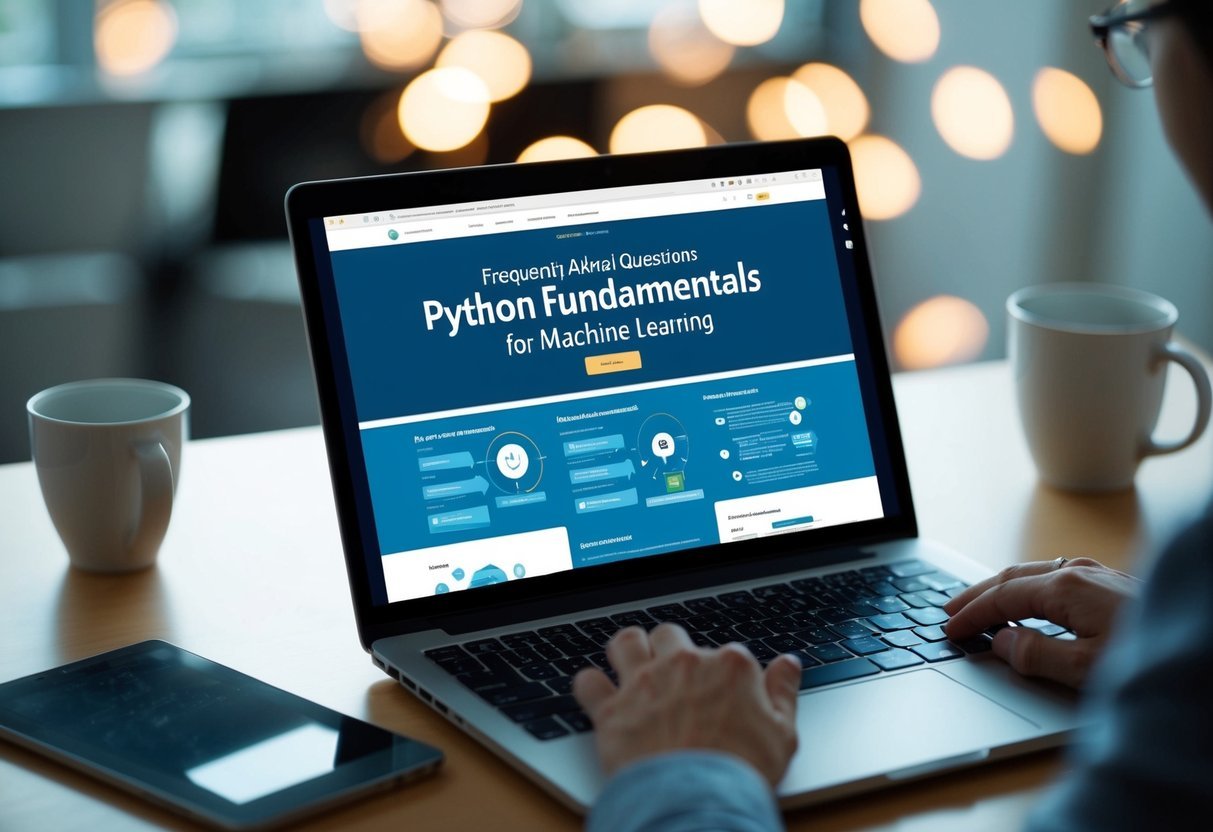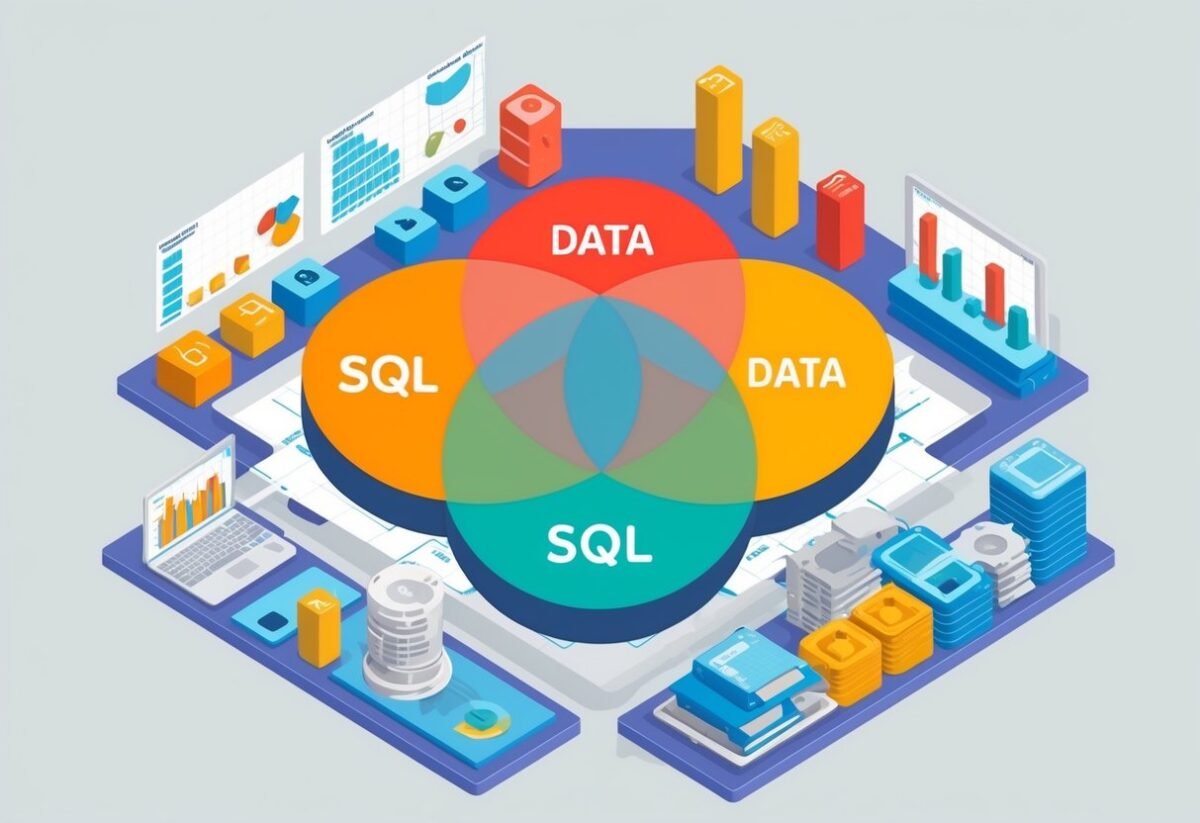Understanding Exceptions in English Grammar
In English grammar, exceptions challenge learners by breaking standard rules. These irregularities, such as verb tense exceptions and unexpected noun forms, can confuse learners and lead to common mistakes.
Recognizing these exceptions is crucial to mastering English effectively.
Grammar Rules vs. Inconsistencies
English grammar is filled with rules that seem straightforward, yet there are numerous inconsistencies. These can manifest in unexpected plural forms, like “children” instead of “childs,” illustrating non-standard patterns.
Many learners struggle with common mistakes due to these irregular forms. They can be found in both spelling and sentence structure. While rules exist, many words don’t follow the expected patterns, leading to frequent errors among students and even native speakers.
Practicing various examples helps in understanding these tricky forms.
Irregular Verb Tenses
Irregular verb tenses are a major area where English has many exceptions. Unlike regular verbs, which add -ed for past tense, irregular verbs like “go” change to “went.” Similarly, “run” becomes “ran,” deviating from regular tense patterns.
These verbs are challenging because there is no standard rule to apply. Learners must memorize these forms to use them correctly.
The present progressive tense might seem straightforward, but some verbs, like “lie” (as in lying down), change in unexpected ways. Lists and practice exercises focusing on these irregularities can significantly help improve accuracy and fluency in English.
Irregularities such as these are a common source of confusion, but recognizing and practicing them will help in mastering complex aspects of English grammar.
Decoding Spelling Anomalies
Spelling presents unique challenges, especially when familiar rules encounter baffling exceptions. The focus here is on some specific exceptions that can trip up spellers. These peculiarities include the tricky “I before E” rule and complications with silent letters.
Navigating I Before E
The “I before E” rule is a common guideline taught to help with spelling. It goes: “I before E except after C.” This pattern works in words like “believe” and “grief,” where the ‘I’ comes before the ‘E’.
Yet, there are many exceptions. Words such as “weird” and “seize” defy the rule outright. Moreover, when the ‘ei’ makes a long ‘a’ sound, as in “vein” or “eight,” the rule adapts.
Even with these exceptions, the guideline remains a useful tool for many English words.
To remember exceptions, some students find it helpful to create lists of common exceptions and review them regularly. Becoming familiar with these examples enhances spelling skills and helps learners become more adept at spotting patterns and deviations.
Unpacking Silent E Complications
The silent ‘e’ can alter the pronunciation of preceding vowels, typically making them long. It changes the sound of words like “hat” into “hate” by lengthening the vowel. However, spelling isn’t always straightforward due to silent ‘e’.
In some cases, the silent ‘e’ is present simply due to English spelling conventions without influencing pronunciation. For instance, words like “dance” or “fence” keep the ‘e’ without altering the sound.
This peculiarity adds depth to learning spelling rules. Recognizing when a silent ‘e’ impacts pronunciation and when it doesn’t is crucial for mastering spelling anomalies. Such awareness helps learners navigate the English language’s complexities confidently.
Pronunciation Exceptions in English
The English language often presents challenges when pronunciation does not align with the expected spelling. These exceptions can impact reading comprehension and make learning to speak English more difficult.
When Phonetics Challenge Spelling
In English, certain words feature sounds that are not immediately obvious from their spelling. For example, the “gh” in “though” is silent, deviating from its usual hard “g” sound in other words like “ghost.” Similarly, “knight” begins with a silent “k.”
The ng combination can also showcase exceptions. Commonly pronounced as a nasal sound in words like “king,” it sometimes separates into distinct “n” and “g” sounds, as found in “longer.”
These irregularities can affect reading comprehension, requiring speakers to memorize unique pronunciations rather than rely solely on phonetic rules. Understanding these exceptions is crucial for accurate pronunciation and effective communication in English.
Exception Patterns and Usage
Exceptions often highlight scenarios where rules don’t apply as expected. Understanding how certain exceptions can confirm the existence or importance of a rule adds depth to that rule’s application.
Recognizing the Exception that Proves the Rule
The phrase “the exception that proves the rule” suggests that if an exception exists, it indicates a rule is in place. For example, road signs like “No Parking on Sundays” suggest that parking is allowed other days, confirming a general rule.
In programming, understanding exceptions is critical. When a code segment bypasses typical behavior to address specific issues, it highlights important rules governing usual operations. This can involve rejecting invalid input or handling edge cases in software development.
For developers, recognizing these patterns can improve error handling and guide the refinement of underlying rules and assumptions. In essence, observing exceptions allows one to better understand and implement the core rules effectively.
Reference Resources for English Exceptions
When dealing with English grammar and spelling exceptions, learners often benefit from tapping into established resources. These tools provide valuable guidance on rules and their notable exceptions, crucial for both native speakers and language learners.
Leveraging the Oxford English Dictionary
The Oxford English Dictionary (OED) is an essential tool for anyone grappling with English grammar and spelling exceptions. This comprehensive resource not only lists words and definitions but also notes irregular usage and rare exceptions.
For example, the OED can clarify the use of gerunds, such as identifying “running” as a noun in a sentence like “I enjoy running” as highlighted by the Oxford Language Club.
In addition to definitions, the OED provides historical context. This helps readers understand how and why certain exceptions have evolved.
Such insight is invaluable for educators, students, and editors seeking to improve writing precision and readability. By consistently referring to the OED, individuals can strengthen their grasp of complex grammar rules, making it an invaluable reference for language enthusiasts.
Strategies for Improving Reading Comprehension

Improving reading comprehension can significantly aid students in understanding texts more clearly and effectively.
1. Setting a Purpose
Readers benefit from knowing why they are reading. Establishing a purpose can guide their focus and improve engagement.
2. Asking Questions
Encouraging students to jot down questions while reading helps them engage critically and seek answers actively. This practice encourages deeper comprehension.
3. Building Vocabulary
Expanding vocabulary is crucial for comprehension. Introducing new words through context and repeated exposure can solidify understanding.
4. Visualizing
Students can create mental images of concepts and events described in texts. Visualization enhances retention and promotes a deeper connection with the material.
5. Making Connections
Relating new information to prior knowledge can strengthen comprehension. This practice helps students see relevance and patterns in their reading.
6. Summarization
Summarizing helps distill essential ideas from the text. It requires identifying key points and expressing them in their own words.
7. Using Graphic Organizers
Graphic organizers like Venn diagrams and story maps can organize information logically, making complex ideas more comprehensible.
8. Working with ESL Tutors
For English language learners, ESL tutors can provide targeted strategies. These strategies are tailored to enhance their understanding and use of English.
Developing Effective Writing Skills

Effective writing combines technical knowledge of grammar with a flair for creativity. Key areas like gerunds play a critical role.
Mastering the Use of Gerunds
Gerunds, which are verbs ending in -ing used as nouns, are vital in enhancing writing. They allow for dynamic sentence structures and engaging text. For instance, in “Swimming is fun,” swimming acts as a noun. This can make writing more fluid and expressive.
To use gerunds effectively, one must integrate them naturally within sentences. Regular practice and understanding grammar rules can help. Recognizing their role in sentence structure not only enriches writing but also aids in clarity.
Building a Robust English Vocabulary

Building a strong vocabulary is essential for mastering the English language. Whether you’re a native speaker or learning English as a second language (ESL), expanding your word knowledge enhances communication.
One effective approach is reading extensively. This method exposes learners to new words in context, making it easier to understand their usage. ESL tutors often recommend reading books, articles, or essays to encounter diverse vocabulary.
Strategies for Vocabulary Building:
-
Flashcards: A classic tool for memorization. Create physical or digital flashcards for frequent review.
-
Word Games: Activities like Hangman or crossword puzzles can make learning fun and engaging. These games reinforce spelling and meaning.
-
Word Association: Linking new words with familiar concepts aids retention. This can be done through simple exercises or mind maps.
It’s important to recognize exceptions in vocabulary rules. Words in English often defy general expectations, which can challenge learners. Understanding these exceptions is crucial for developing a nuanced grasp of the language.
ESL tutors play a significant role in guiding learners through these challenges. They can offer personalized instruction, targeting specific needs and exceptions students encounter. This tailored approach ensures that learners build confidence in their vocabulary skills.
Overcoming Common Mistakes in English
English learners often face challenges with grammar and spelling mistakes. These issues can hinder communication, but understanding common pitfalls can help.
Common Spelling Mistakes:
- Mixing up words like “their,” “there,” and “they’re”.
- Confusing “your” with “you’re”.
- Incorrectly using homophones like “to,” “too,” and “two”.
Grammar Tips:
-
Subject-Verb Agreement: It’s crucial for verbs to match their subjects. Use “is” with singular subjects and “are” with plural ones.
-
Tenses: Always pay attention to the verb tense. It reflects when the action occurs. For example, “Yesterday, I went to the store” is preferred over “Yesterday, I am going to the store” source.
-
Word Order: Ensure words are in the right sequence. “She quickly ran” is correct, not “She ran quickly” for some emphases.
Spelling Rules:
- “I before E”: Except when your word is “weird”.
Staying mindful of these areas can enhance both writing and speaking skills. Plus, applying these tips can reduce mistakes significantly. Read more about how to improve grammar skills through practice.
Distinctive Features of Spoken English

Spoken English has unique characteristics that make it different from written English. One of the primary features is pronunciation. It can vary widely due to regional accents and dialects.
People might pronounce words differently even if the spelling is the same.
The use of intonation and stress helps convey meaning and emotion. The tone of voice can change the intent behind words. For instance, raising the pitch at the end of a sentence can suggest a question.
There are also exceptions to many rules in spoken English. While some grammar rules are strict, spoken language often allows for deviations. This flexibility can lead to informal expressions and slang becoming common in conversations.
Spoken English relies heavily on contextual clues. The meaning of words can depend largely on the situation in which they are spoken. This can create challenges for non-native speakers who might not be familiar with cultural references.
List of Distinctive Features:
- Pronunciation Variations
- Intonation and Stress
- Use of Informal Expressions
- Contextual Understanding
A comprehensive understanding of these elements can enhance communication. It allows speakers to navigate conversations effectively and understand the nuances of spoken English.
For more insight into the patterns of spoken English and the knowledge base that can help learners make informed choices, explore resources that discuss these features in detail.
Designing Successful ESL Learning Plans
Creating effective ESL learning plans involves understanding the unique challenges learners face, especially with exceptions to common rules in areas like pronunciation and spelling.
ESL tutors play a crucial role in guiding students through these complexities.
The Role of ESL Tutors in Exception Learning
ESL tutors are vital in helping students navigate the intricacies of the English language. They focus on exceptions to rules, which often involve tricky pronunciation and spelling.
For example, tutors might highlight that in English, many words don’t follow standard spelling rules, like “knife” or “knight,” where the “k” is silent.
To aid learners, tutors may use visual aids, such as charts or flashcards. These tools can help students remember patterns and unusual pronunciations.
Additionally, tutors often employ interactive activities to reinforce learning. These might include games or group discussions that encourage active participation.
Providing personalized feedback is another key strategy. It allows tutors to address specific challenges each learner faces.
With targeted guidance, students can better grasp exceptions, gaining confidence in their language skills. By systematically tackling these peculiarities, tutors foster a deeper understanding of English, equipping learners to handle the language’s complexities.
Applying Exceptions to Enhance Communication
In communication, understanding specific exceptions can improve clarity and effectiveness. Words like “hungry” and “friendly” illustrate how exceptions in language can shape the way we express ideas.
Words Like ‘Hungry’ and ‘Friendly’
The English language has words with unique uses and meanings, such as “hungry” and “friendly.” These words often serve as exceptions in grammatical structures.
“Hungry” is typically an adjective describing a state of need or desire for food. Yet, in some contexts, it can creatively describe longing or eagerness, as in “hungry for knowledge.” Here, the exception enhances communication by offering deeper meaning.
Similarly, “friendly” generally describes a warm or kind disposition. However, it can also reference compatibility, as in “user-friendly” technology. This adaptation provides clarity in describing things that are easy to interact with or understand.
Recognizing these exceptions helps convey complex ideas succinctly, allowing more dynamic and nuanced communication.
Frequently Asked Questions

Exceptions to rules often challenge what is considered general truth, offering insight into specific cases where usual patterns do not apply. These exceptions can illustrate nuances within the rule or expose its limitations.
Can you explain the meaning of ‘exceptions don’t make the rule’?
The phrase “exceptions don’t make the rule” implies that outliers or rare occurrences should not define the validity of a general rule. While exceptions exist, they do not invalidate the rule’s applicability to most cases.
What is meant by the phrase ‘exception that proves the rule’?
“Exception that proves the rule” suggests that a listed exception confirms the presence of a rule. For instance, a sign that says “Parking allowed on Sundays” implies that parking is typically restricted on other days, highlighting the general rule through the noted exception.
How can one identify an exception to a commonly accepted rule?
Identifying exceptions often involves examining the context and conditions of a rule. Exceptions usually occur when specific situations fall outside the rule’s general framework, revealing areas where typical standards fail to apply.
What are some common examples of exceptions to rules?
Common examples include grammatical rules in languages where certain words defy typical structure or science theories with anomalies that do not fit standard models. These exceptions help refine understanding by highlighting unique cases.
In what contexts might ‘the exception disproves the rule’ be applicable?
This context occurs when repeated exceptions accumulate, leading to reconsideration of the rule itself. Frequent or significant exceptions might necessitate revising a rule to better fit observed patterns and realities.
How does differentiating between ‘exemption’ and ‘exception’ to a rule affect its interpretation?
An exemption is a formal release from following a rule, often based on predetermined criteria. An exception, meanwhile, naturally occurs due to circumstances that the rule does not cover.
Recognizing this difference clarifies when a rule is or isn’t applicable.






































